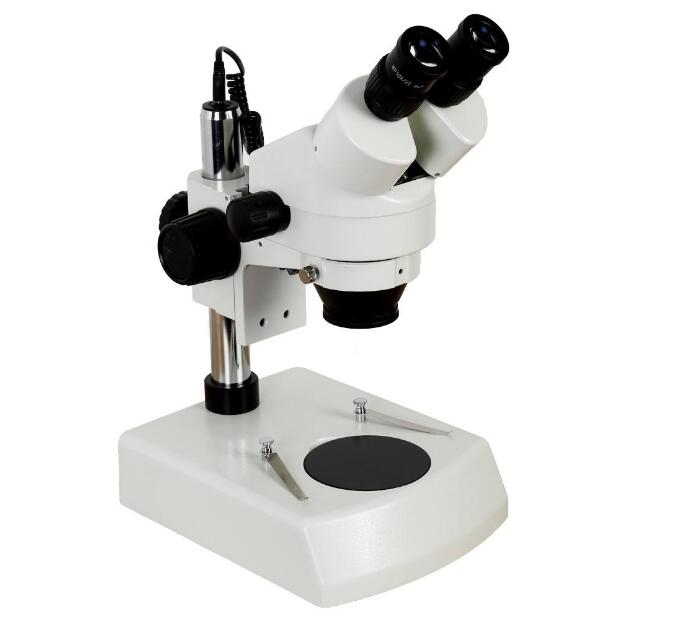Time:2024-11-29 Click:479
The principle of imaging (geometric imaging) of optical microscopes As long as the opening angle of the object to the human eye is not less than a certain value, the naked eye can distinguish its various details, which is called visual resolution ε. Under the conditions, that is, when the illumination of the object is 50~70lx and its contrast is large, it can reach 1′. For easy observation, this amount is generally increased to 2′, and this is taken as the uniform eyepiece resolution. The size of the viewing angle of an object is related to the length of the object and the distance from the object to the eye. There is a formula y=Lε, the interval L cannot be very small, because the conditioning ability of the eyes has a certain limit, especially when the eyes work close to the limit range of the conditioning ability, the eyesight will be extremely tired. Regarding the norm (front view), the visual distance rule of 250mm (photopic interval). This means that under the condition of no instrument, eyes with visual resolution ε=2′ can clearly distinguish the details of objects with a size of 0.15mm. When observing objects with an angle of view less than 1′, a magnifying instrument must be used. Magnifying glasses and microscopes are used to observe objects placed near the observer that should be magnified.
(1) Imaging principle of magnifying glass The optical lens made of curved glass or other transparent materials can make the object magnify and image. The optical path diagram is shown in Figure 1. The object AB located within the focal point F of the object side, and its size is y, is transformed into a virtual image A’B’ of size y’ by the magnifying glass. Magnification of magnifying glass Γ=250/f’ where 250–photopic interval, in mm f’– focal length of magnifying glass, in mm The ratio of the viewing angle to the viewing angle of an object viewed without a magnifying glass.
(2) Imaging principle of microscope Microscope and magnifying glass play the same role, that is, to make a small object close to a magnified image for the human eye to observe. It’s just that a microscope can have a higher magnification than a magnifying glass. Figure 2 is a schematic diagram of an object being imaged by a microscope. In the figure, for convenience, the objective lens L1 and the eyepiece L2 are represented by a single lens. Object AB is located in front of the objective lens, and the distance separating the objective lens is greater than the focal length of the objective lens, but less than twice the focal length of the objective lens. Therefore, after it passes through the objective lens, it must constitute an inverted magnified real image A’B’. A’B’ is located at the object focal point F2 of the eyepiece, or very close to F2. Then magnify it into a virtual image A”B” through the eyepiece for the eyes to observe. The position of the virtual image A”B” depends on the interval between F2 and A’B’, which can be at infinity (when A’B’ is on F2) or at the viewer’s photopic interval ( When A’B’ is to the right of focus F2 in the figure). The eyepiece acts like a magnifying glass. The difference is that what the eye sees through the eyepiece is not the object itself, but the image of the object once magnified by the objective lens.
(3) The important optical technical parameters of the microscope During the microscope inspection, people always hope to have a clear and bright ideal image, which requires the various optical technical parameters of the microscope to reach a certain standard, and requires that when using it, it must be based on the The purpose of microscopy and the practice situation to reconcile the relationship between the parameters. Only in this way can we give full play to the proper performance of the microscope and obtain the satisfactory microscopic inspection effect. The optical technical parameters of the microscope include: numerical aperture, resolution, magnification, depth of focus, width of field of view, mask difference, working interval and so on. These parameters are not always as high as possible. They are interconnected and limited to each other. When using, the relationship between the parameters should be reconciled according to the purpose and practical situation of microscopy, but the resolution should be guaranteed as allow.
